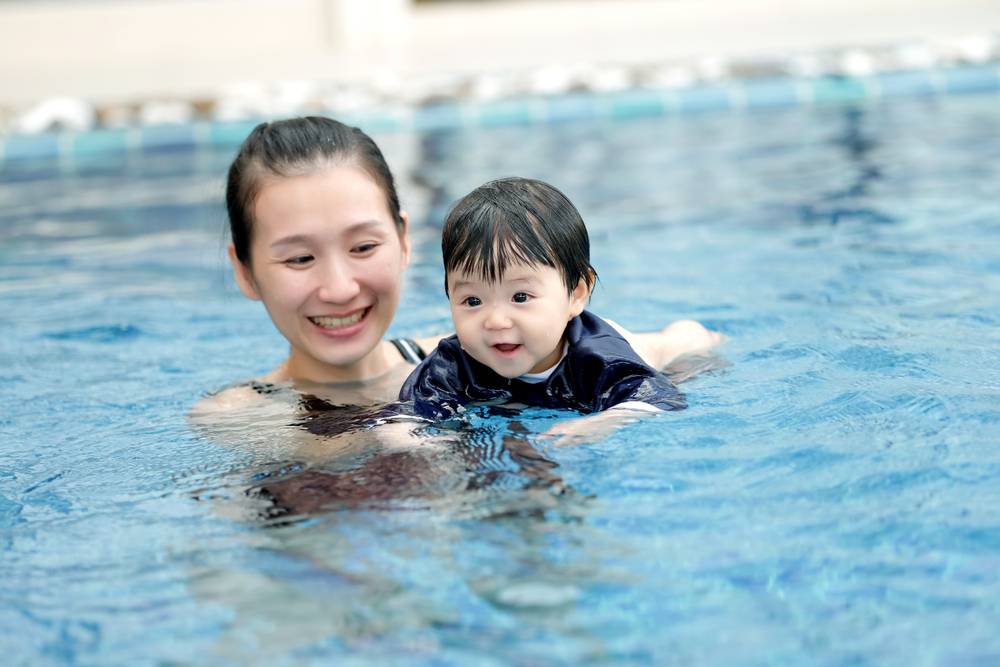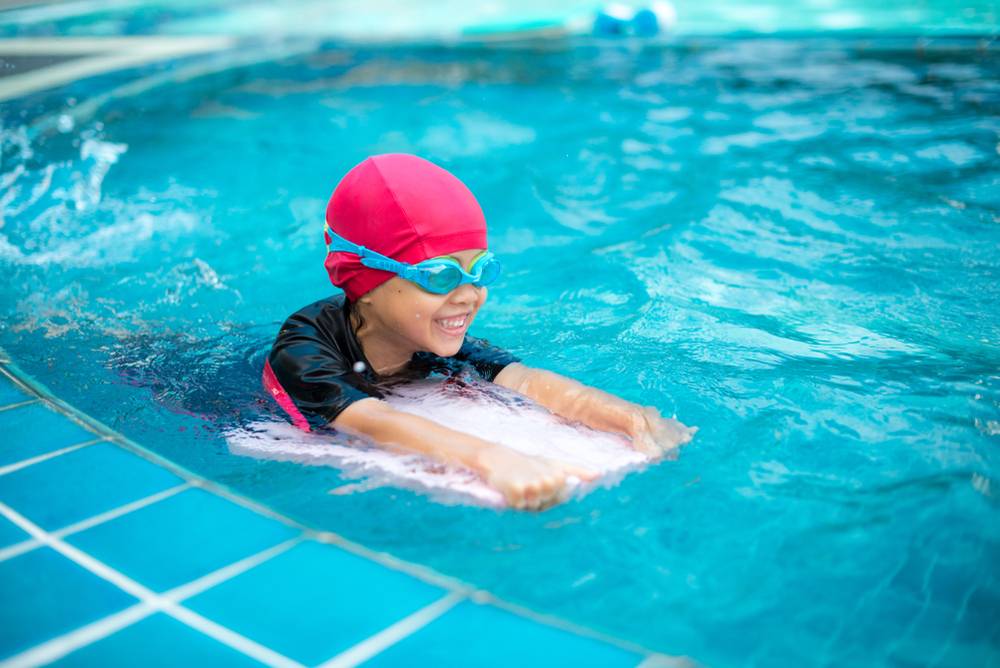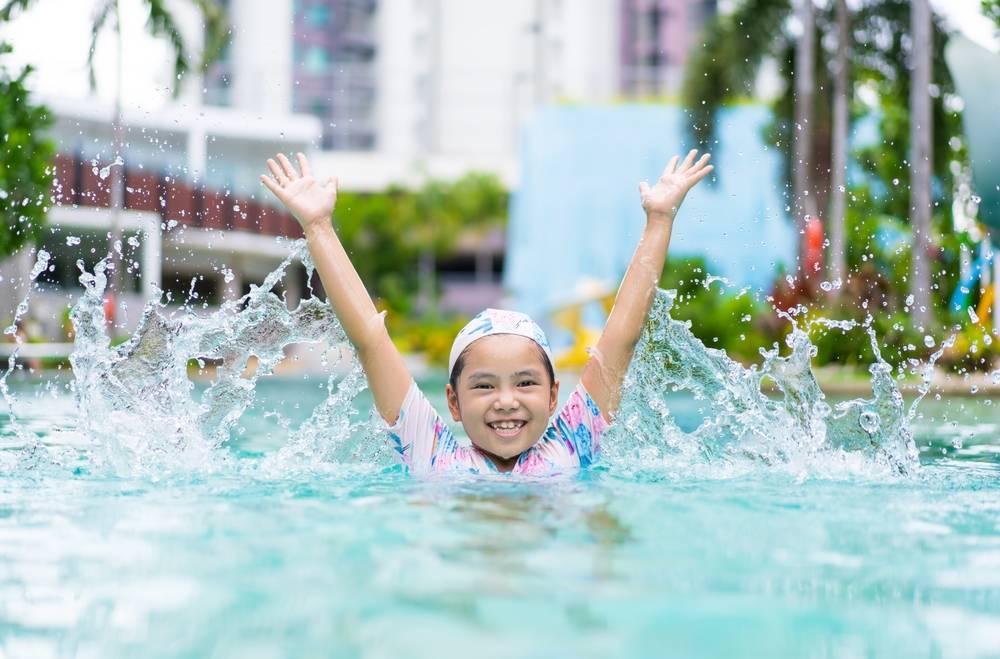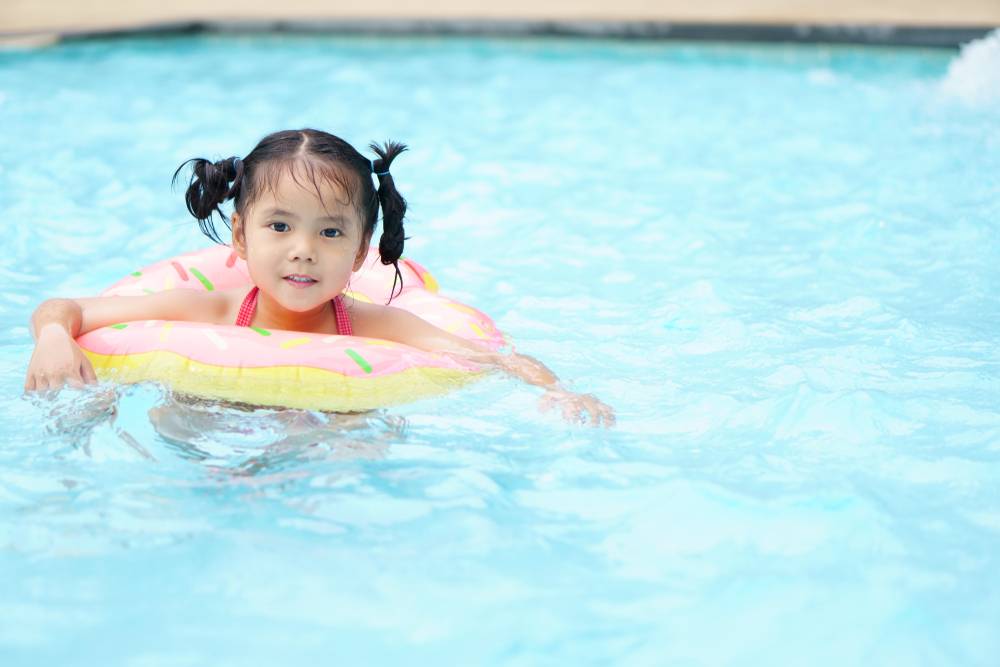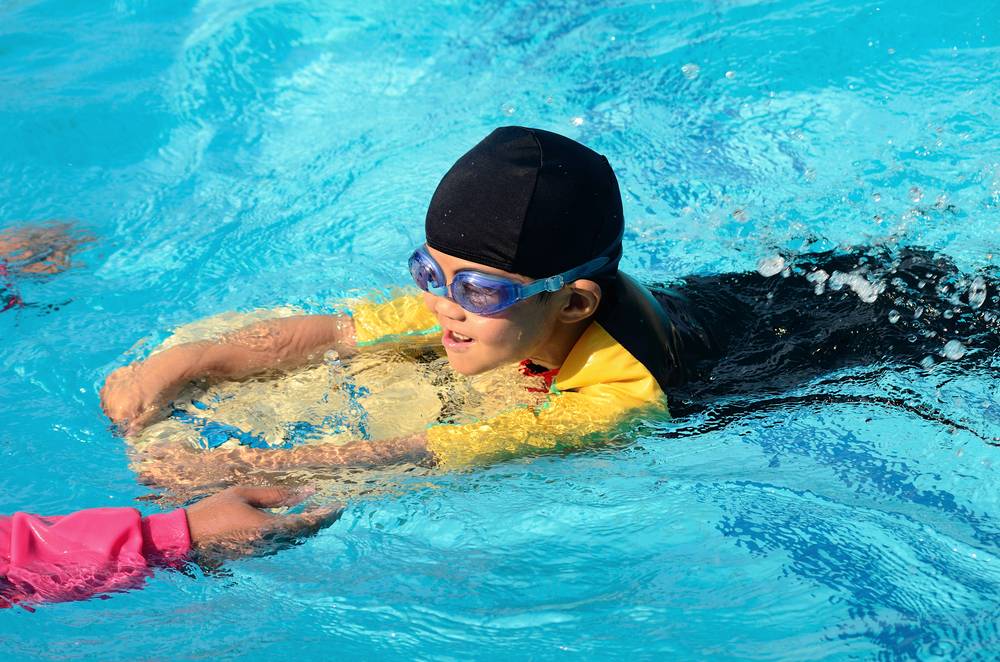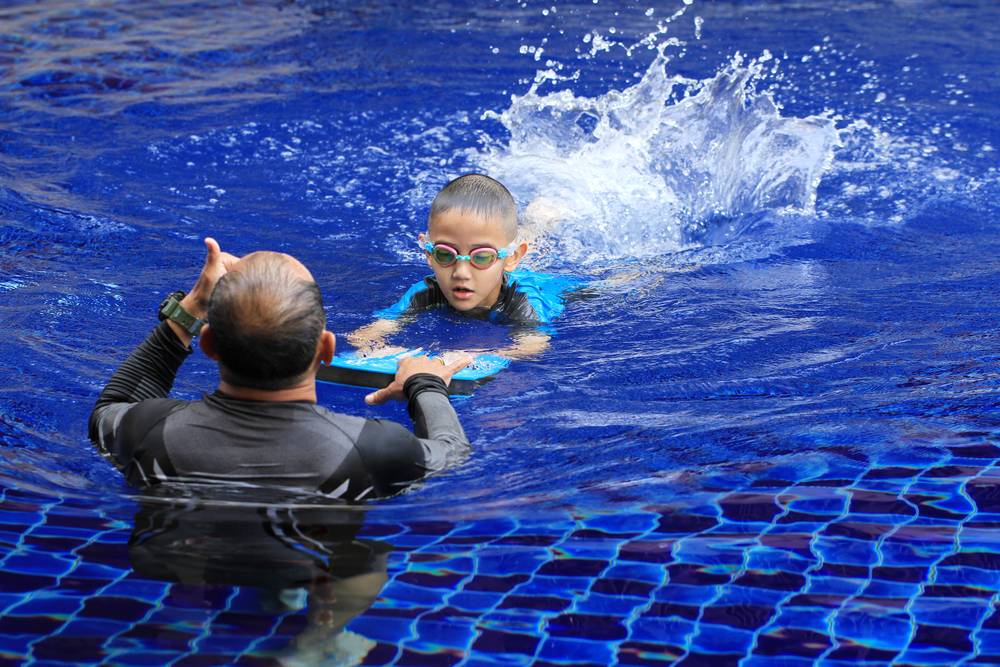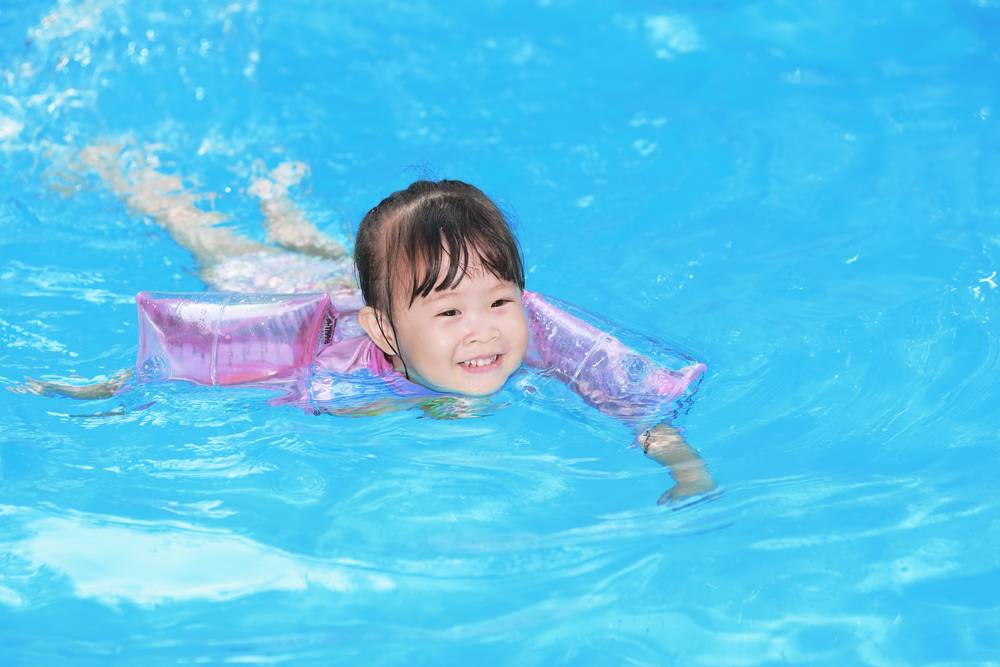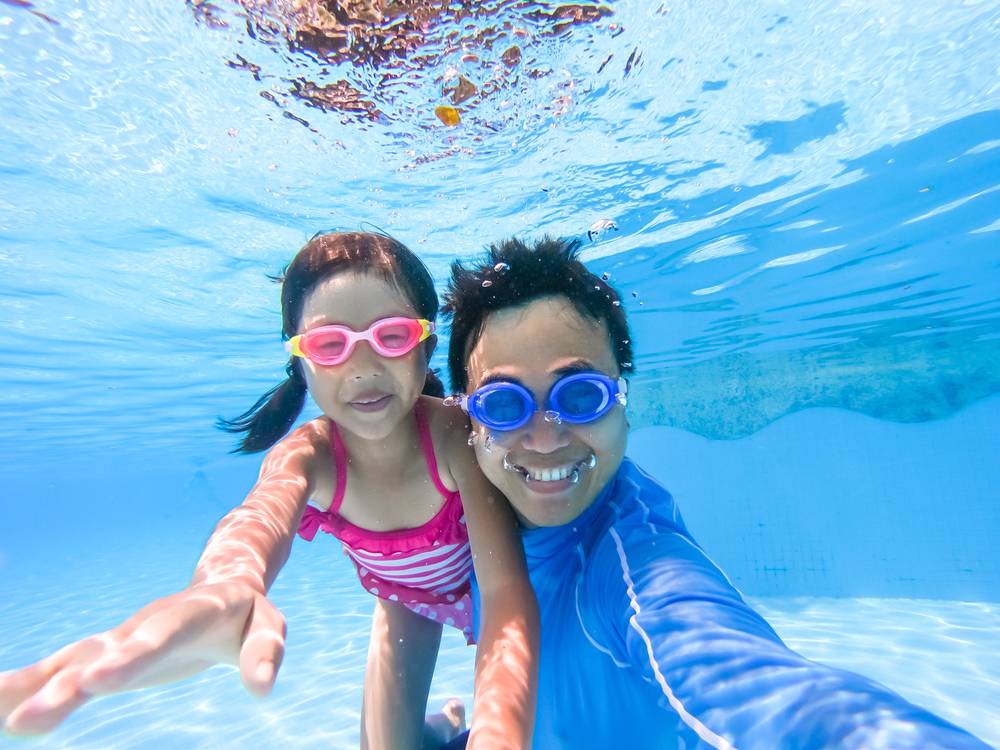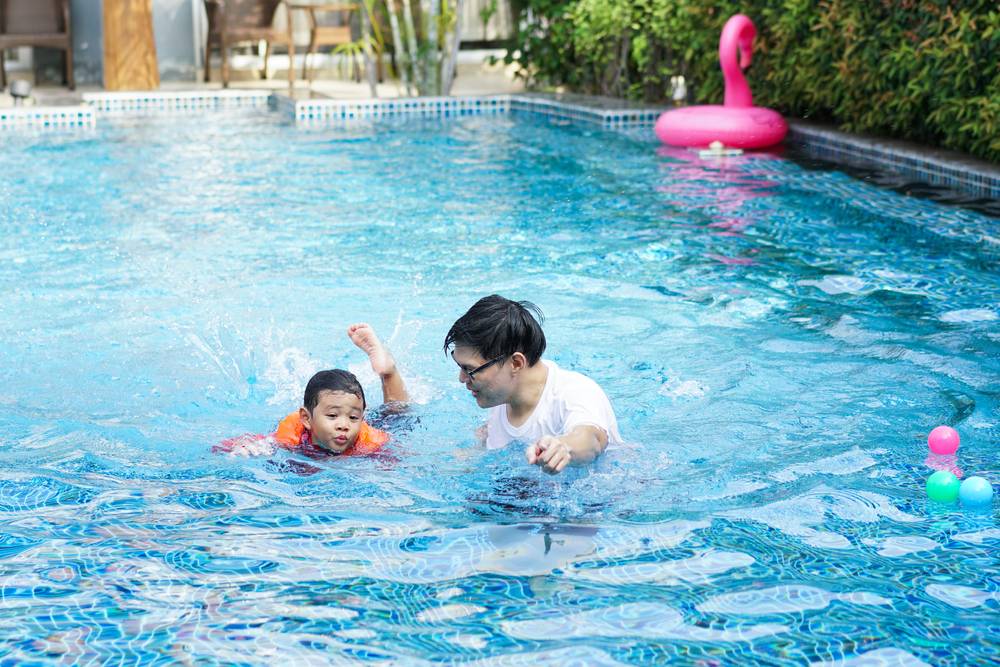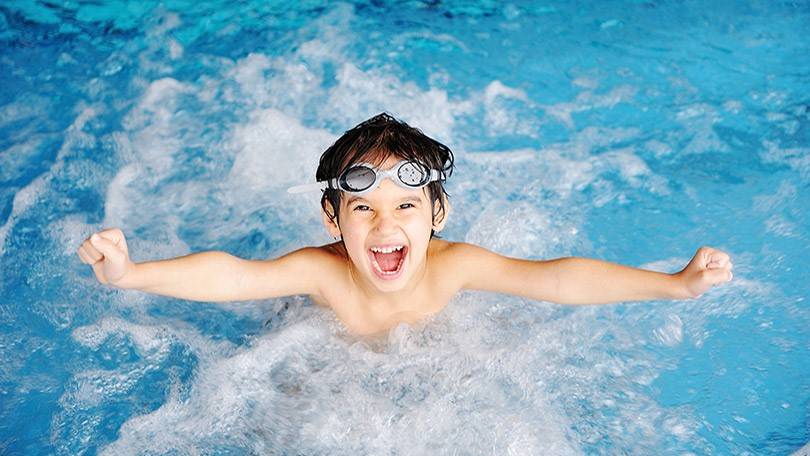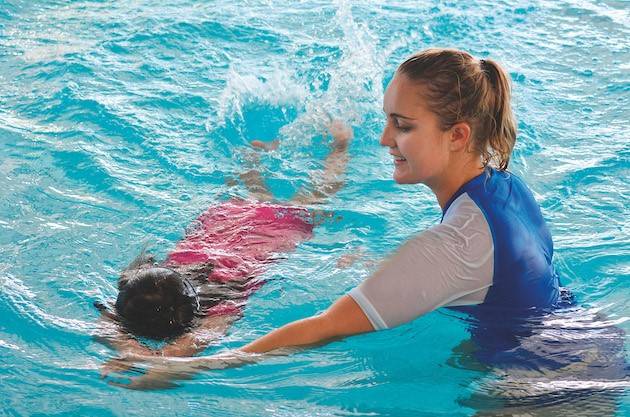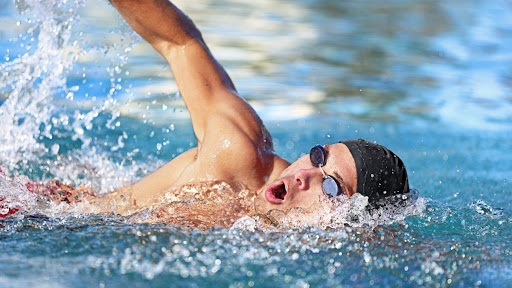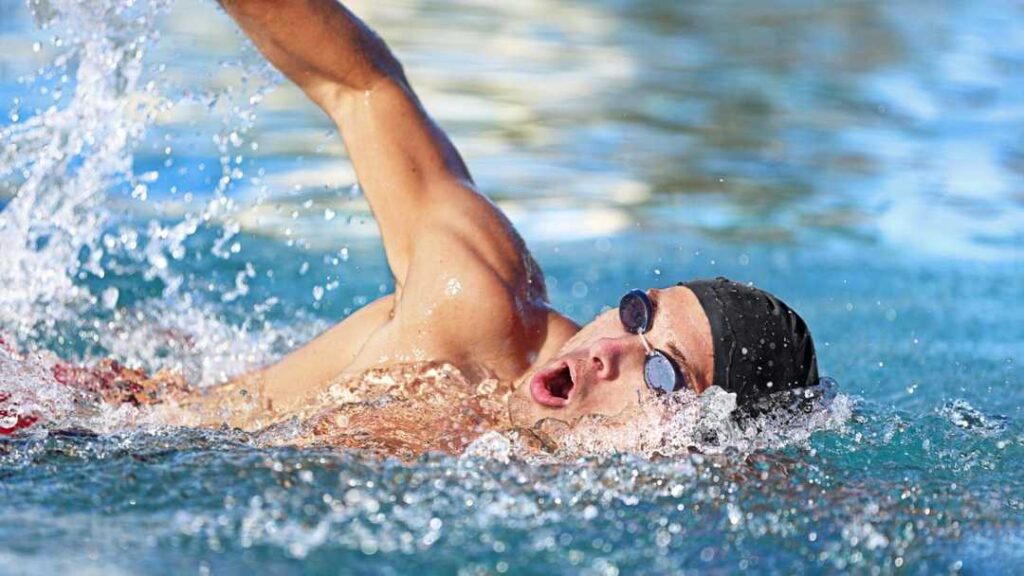Freestyle Swimming Muscles Worked: A Complete Guide
Freestyle swimming, often called the front crawl, is the most popular stroke in pools worldwide. It’s fast, efficient, and the foundation of competitive and recreational swimming alike. But beyond technique and speed, freestyle is an extraordinary workout that engages nearly every major muscle group in the body. Whether you’re a beginner adult swimmer, a parent watching your child train, or a professional seeking cross-training options, understanding which muscles freestyle swimming works is the first step to appreciating why it’s considered the ultimate full-body exercise.
Upper Body Muscles Engaged in Freestyle Swimming
The moment your arm stretches forward in freestyle, you engage muscles from the shoulders down. The deltoids and rotator cuff stabilize your arm, while the latissimus dorsi—the broad “wings” on your back—powerfully pull you through the water. The triceps extend your arm during the recovery phase, and your chest muscles, especially the pectoralis major, assist with the inward sweep during the pull.
Freestyle doesn’t just build strength; it enhances endurance. Swimmers often describe the sensation of their arms becoming more defined and toned after consistent training. Beyond aesthetics, the increased muscular endurance supports daily tasks like carrying groceries, lifting kids, or even maintaining better posture at the desk.
Core Muscles and Stability
Ask any coach about freestyle, and they’ll remind you: “It’s not just about arms—it’s about the core.” Freestyle relies heavily on abdominal engagement to stabilize the body and create a streamlined position. The rectus abdominis (the “six-pack” muscles), obliques, and transverse abdominis all work to keep you aligned.
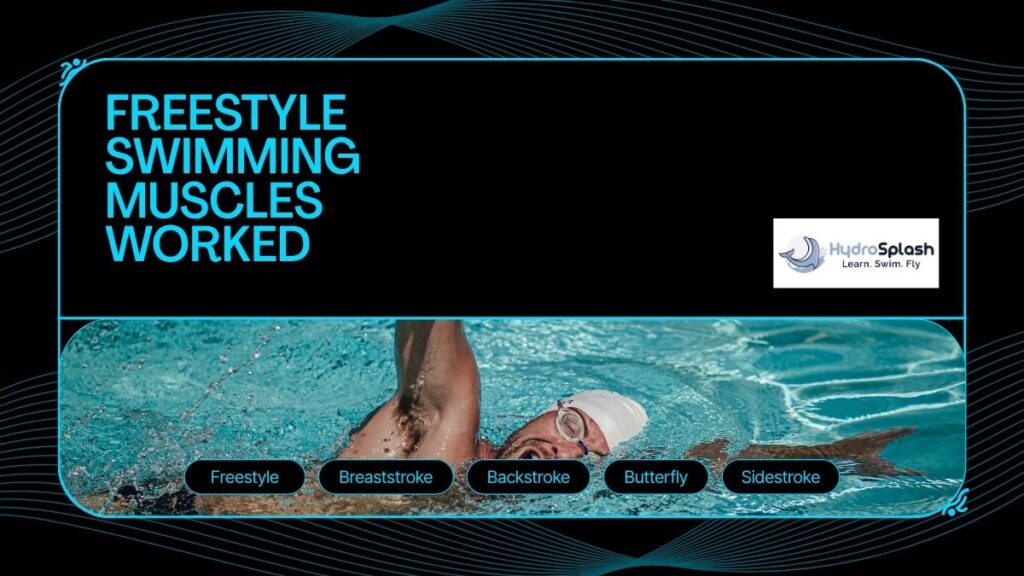
Equally important is the lower back. Muscles like the erector spinae counterbalance abdominal tension, ensuring the swimmer doesn’t collapse into the water. When the core is engaged properly, each kick and arm pull becomes more efficient, reducing drag and saving energy.
Lower Body Muscles in Freestyle Swimming
Freestyle kicks may look small, but they pack a muscular punch. The quadriceps extend the knee during each flutter kick, while the hamstrings help bend the leg during recovery. The glutes and hip flexors drive power, and the calves, especially the gastrocnemius and soleus, maintain a rhythmic flick at the ankle.
In a study conducted on aquatic exercise and fitness in Singapore, researchers found that consistent swimming improved not only cardiovascular health but also leg strength and mobility among adults seeking low-impact workouts. Freestyle’s repetitive kicking pattern explains why—it’s like performing hundreds of bodyweight leg extensions in a session.
Freestyle Swimming as a Full-Body Workout
When you put arms, core, and legs together, freestyle becomes a powerhouse workout. Unlike gym exercises that isolate muscles, swimming requires coordination across multiple groups. That means your body learns to move as one efficient unit.
Freestyle also engages smaller stabilizing muscles that often go unnoticed in traditional training. For example, muscles in the forearms and wrists work to maintain a proper catch, while small foot muscles keep the ankles relaxed for optimal kick rhythm. The result? Improved muscular balance and reduced risk of overuse injuries from repetitive land-based sports like running.
Strength, Endurance, and Flexibility Gains
Freestyle swimming doesn’t just build strength—it also improves endurance and flexibility. Because water is 12 times denser than air, every movement encounters resistance. That resistance builds muscular endurance in the shoulders, back, and legs. Meanwhile, the range of motion required for long arm strokes and extended kicks naturally increases flexibility, especially in the shoulders and hips.
A global study on aquatic fitness revealed that swimming sessions significantly lowered blood pressure and improved joint mobility in adults over 40. This shows how freestyle training strengthens muscles while supporting long-term joint health. For adults balancing work and family life, this combination of fitness, flexibility, and cardiovascular health is a golden ticket.
Practical Applications Beyond the Pool
Knowing which muscles freestyle works makes it clear why the stroke benefits more than competitive swimmers. Professionals who swim regularly report better posture, less back pain, and improved stamina at work. Parents enjoy the energy boost to keep up with active kids. Fitness enthusiasts see freestyle as an excellent cross-training tool, balancing strength and cardio.
HydroSplash Swimming Academy highlights this by tailoring adult swimming lessons to fitness goals as well as water safety. Learners don’t just practice strokes; they experience a whole-body workout that improves muscle tone and boosts confidence. You can explore this further in HydroSplash’s adult swimming lessons, where coaches focus on building both skill and strength.
Conclusion
Freestyle swimming muscles worked include the shoulders, back, chest, core, glutes, and legs—all engaged in a fluid, coordinated movement. The stroke strengthens the body, improves endurance, enhances flexibility, and builds mental resilience. It’s no wonder freestyle is often recommended as a lifelong exercise for adults of all fitness levels.
If you’re ready to experience how freestyle can transform your fitness and confidence, start your journey today with HydroSplash’s adult swimming lessons. Certified coaches and tailored programs ensure every stroke brings you closer to stronger muscles, better health, and a renewed love for swimming.
Mini FAQ Section
Q: Which muscles are mainly used in freestyle swimming?
A: Freestyle swimming works the shoulders, chest, back, core, glutes, quadriceps, hamstrings, and calves.
Q: Is freestyle swimming good for building strength?
A: Yes, freestyle builds muscular strength and endurance, especially in the upper body and core, thanks to water resistance.
Q: Can freestyle swimming improve posture?
A: Absolutely. Strengthening the core, back, and shoulders through freestyle often reduces slouching and improves spinal alignment.
Q: Does freestyle swimming help with weight loss?
A: Yes, freestyle is a calorie-burning full-body workout that combines strength training with cardiovascular exercise.
Click on the link to find out more about HydroSplash Swimming. Chat with our representatives today!
About HydroSplash Swimming
Adult Swimming Lesson
Private Swimming Lesson
Kids Swimming Lesson
Whatsapp Us

